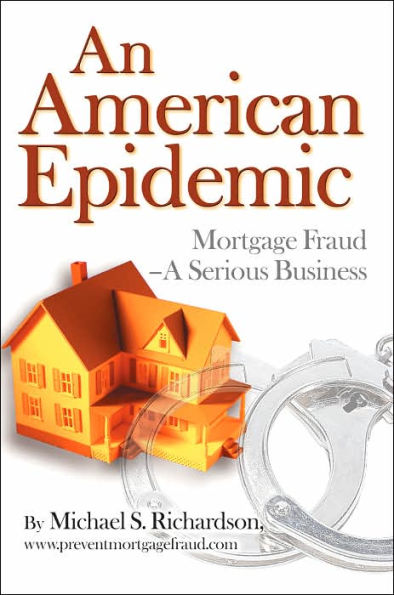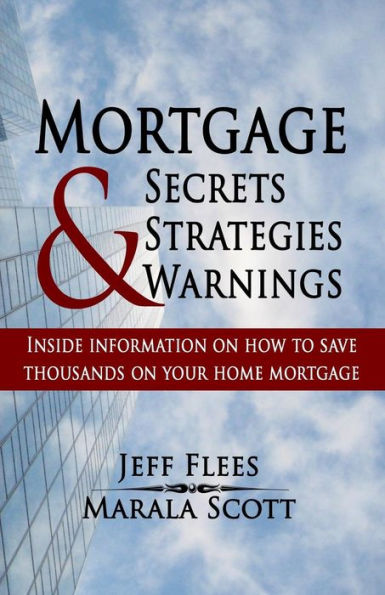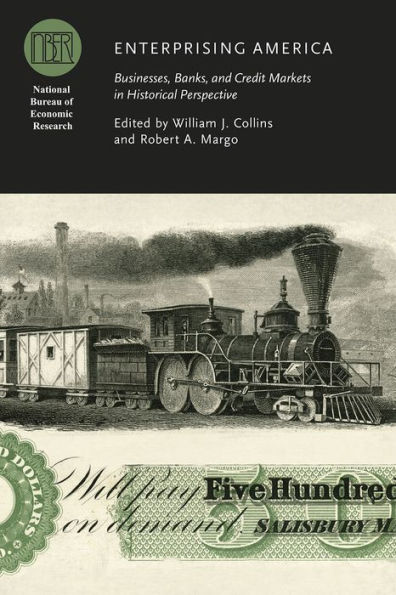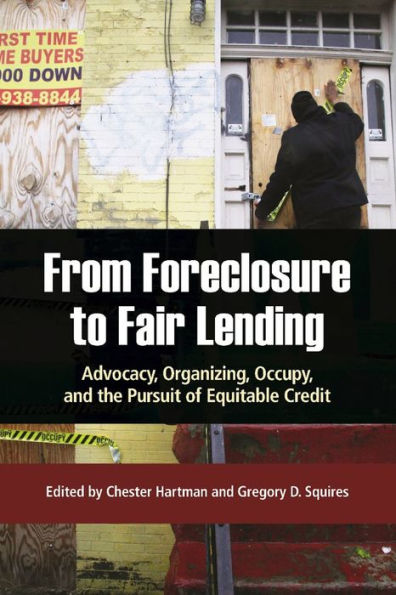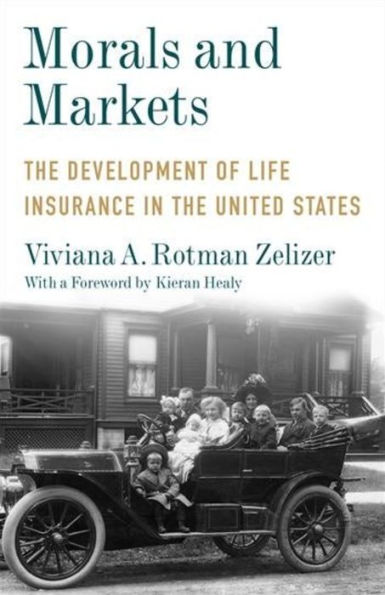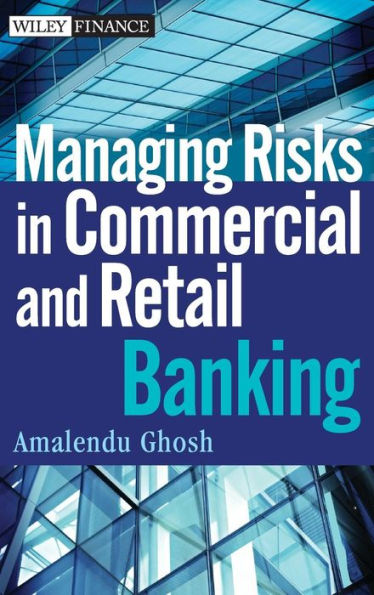Home
Discriminating Risk: the U.S. Mortgage Lending Industry Twentieth Century
Loading Inventory...
Barnes and Noble
Discriminating Risk: the U.S. Mortgage Lending Industry Twentieth Century
Current price: $67.95
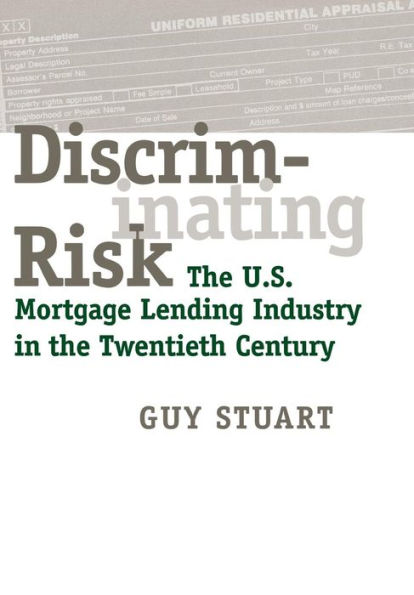

Barnes and Noble
Discriminating Risk: the U.S. Mortgage Lending Industry Twentieth Century
Current price: $67.95
Loading Inventory...
Size: Hardcover
*Product Information may vary - to confirm product availability, pricing, and additional information please contact Barnes and Noble
The U.S. home mortgage industry first formalized risk criteria in the 1920s and 1930s to determine which applicants should receive funds. Over the past eighty years, these formulae have become more sophisticated. Guy Stuart demonstrates that the very concepts on which lenders base their decisions reflect a set of social and political values about "who deserves what." Stuart examines the fine line between licit choice and illicit discrimination, arguing that lenders, while eradicating blatantly discriminatory practices, have ignored the racial and economic-class biases that remain encoded in their decision processes. He explains why African Americans and Latinos continue to be at a disadvantage in gaining access to loans: discrimination, he finds, results from the interaction between the way lenders make decisions and the way they shape the social structure of the mortgage and housing markets.Mortgage lenders, Stuart contends, are embedded in and shape a social context that can best be understood in terms of rules, networks, and the production of space. Stuart's history of lenders' risk criteria reveals that they were synthesized from rules of thumb, cultural norms, and untested theories. In addition, his interviews with real estate and lending professionals in the Chicago housing market show us how the criteria are implemented today. Drawing on census and Home Mortgage Disclosure Act data for quantitative support, Stuart concludes with concrete policy proposals that take into account the social structure in which lenders make decisions.
